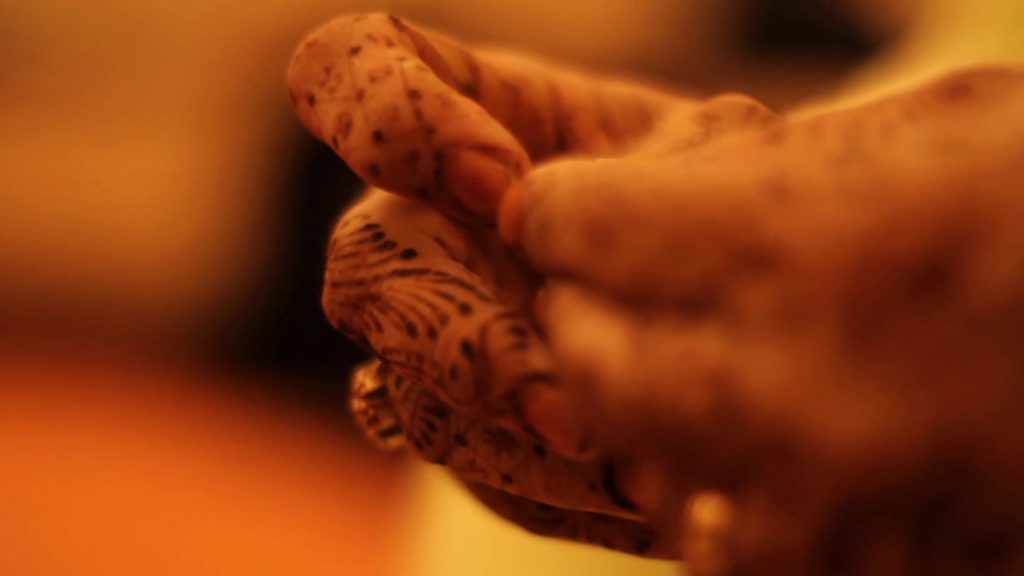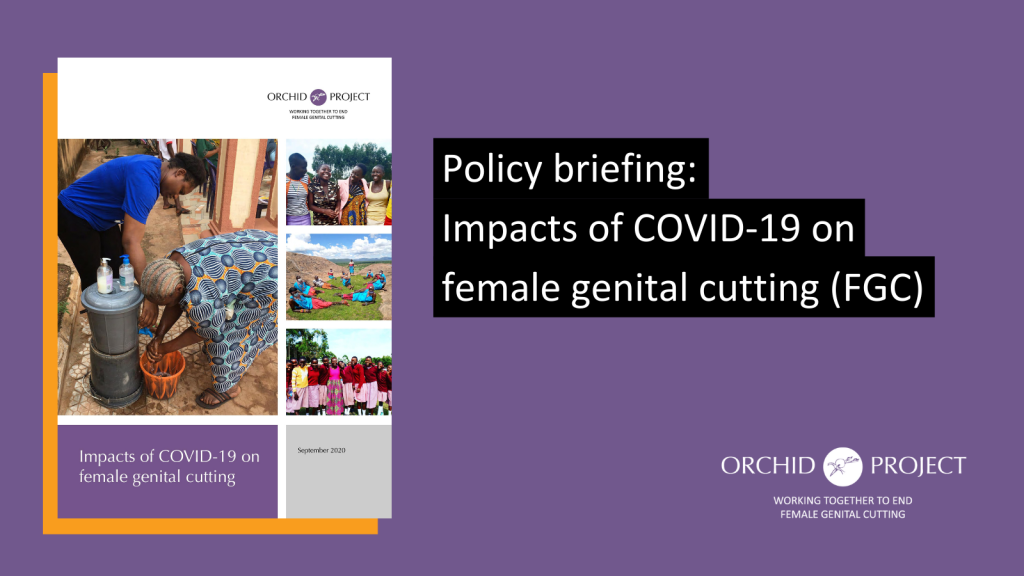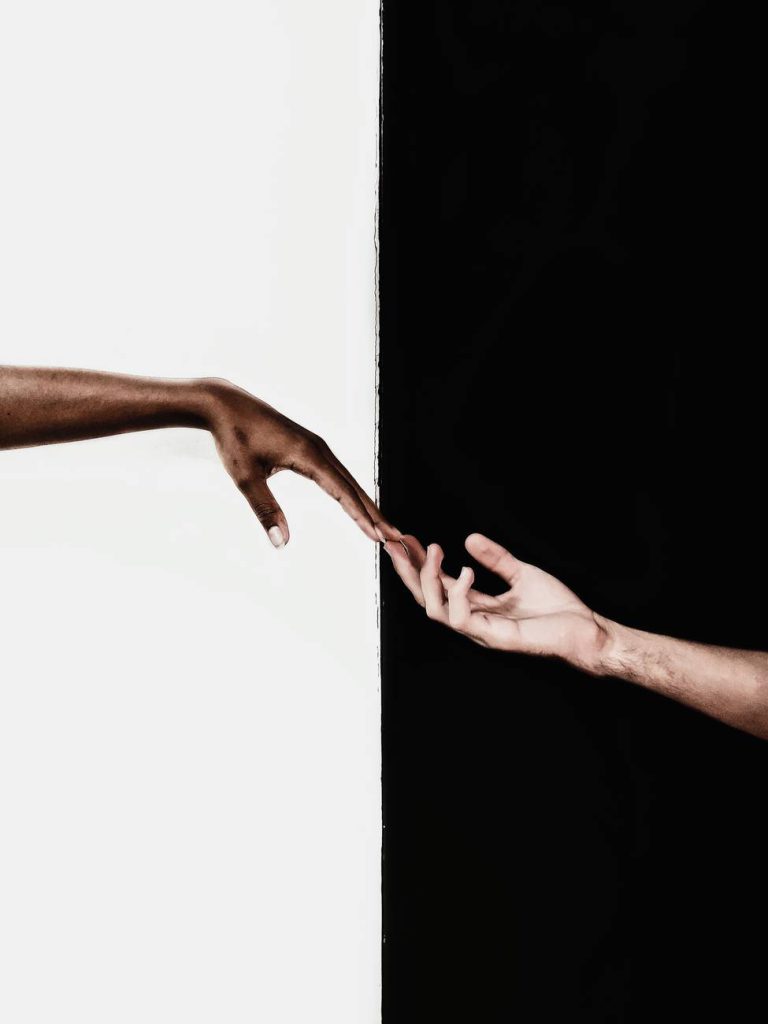Is legal action against female genital cutting enough to end the practice?

Understanding the impact of a Sahiyo co-founder’s documentary film, A Pinch of Skin, in India by Priya Goswami In September 2018, the Indian Supreme Court referred a Public Interest Litigation (PIL) on the prevalence of female genital cutting (FGC) in India to a five-judge constitution bench. My documentary film, A Pinch of Skin, was quoted as evidence by the Supreme Court of India to establish the prevalence of the practice. As the filmmaker, I was overjoyed with what my film had managed to do and become – the first audio visual evidence on the practice of FGC in India. There is no law in India against FGC. The PIL had been filed in 2017 by a Delhi-based lawyer seeking a ban on the practice of FGC in India. While other survivors of the practice joined in the petition against FGC, they were opposed by a counter-petition filed by a pro-FGC group within the Dawoodi Bohra community. That group claimed that FGC is not harmful and should be considered a part of their constitutional right to religious freedom. Accordingly, they demanded that the practice be scrutinized through this lens by a larger constitution bench of the court – an appeal that the court finally granted. With that said, a small part of me shrank hearing the news. I had intended the film to create debate around the subject and while legal reform may be one way of bringing about change, it will never be the mainstay for long term change. As an activist on the ground, I understand change requires sustained conversation. A law against the practice of FGC may become a mandate, but may also end up hindering the progress made by activists on creating a room for dialogue by years. “I had intended the film to create debate around the subject and while legal reform may be one way of bringing about change, it will never be the mainstay for long term change.” A broad evidence base for this is how some Dawoodi Bohra community members in the United States (U.S.) and Australia have hushed the practice, pushing it further underground, as the community members were charged in both countries with practicing FGC, or khatna as it is known in the Bohra community, and publicly spoke about it in the media. A federal judge dismissed all of the FGC-related charges in the U.S. case; whereas Australia’s High Court ruled all forms of FGC are illegal. While the cases against the community members in the U.S. and Australia have opened up the dialogue on the issue and more survivors have come forward, it has also instilled fear in the minds of some community members. This has, in turn, supported the movement toward medicalization of khatna, which is an equally dangerous trend. As an activist and a communication designer, I ask myself often – is pushing people to abandon the practice because the law says so ever a complete solution? Nine years ago, if you would have asked me what my goal with A Pinch of Skin was, I would have said to convince people to abandon the practice. Today, I say the same, except with the awareness that change requires time and persistent and effective communication, which involves the community from within. Key points to understand the situation in India: The conversation of female genital cutting in Asian communities is a relatively new one, as it is still largely believed to be an African problem. The subject was brought to public attention in India as an anonymous petition under the pseudonym ‘Tasleem’ was launched in 2011 or 2012. This was followed by media attention to A Pinch of Skin in 2013. In 2015, two collectives were formed to speak about the subject: Sahiyo and WeSpeakOut, both being the only organizations worldwide working on the subject of khatna prevalent in the Dawoodi Bohra community. In 2017, the two organizations, Sahiyo and WeSpeakOut, were invited by the National Commission of Women and Child Development to speak with Menaka Gandhi. The Indian government, after gathering first-hand evidence from survivors (also the co-founders of the two organizations), did a u-turn denying the evidence against the practice until this landmark judgment by the Supreme Court. Read this detailed report. The Dawoodi Bohra Women for Religious Freedom continue to discount efforts against FGC under the umbrella of religious freedom. Following the PIL, the Supreme Court of India ruled that FGC could be charged under The POCSO Act.
Orchid Project releases report detailing the pandemic’s impact on female genital cutting

By Hunter Kessous Reports of an increasing rate of female genital cutting (FGC) began early in the pandemic. We are now nine months into the lockdowns and school closures, which have propagated the cutting of young girls. In response, the Orchid Project, decided to further investigate the impact of COVID-19 on the practice of FGC and the movement to end it. The Orchid Project is a nongovernmental organization based in the United Kingdom advocating for the end of FGC globally. Throughout the summer, various grassroots organizations and non-governmental organizations have hosted webinars elucidating the effects of COVID-19 on specific organizations. Sahiyo has shared blog posts reflecting on some of these webinars, which have focused on work in Nigeria and Kenya. There are some key pieces of information shared between these webinars and the Orchid Project’s reports. For example, COVID-19 induced lockdowns and school closures are creating opportunities for FGC to be performed undetected. When girls stay home, they are automatically at a greater risk of undergoing FGC. Furthermore, safe spaces, such as shelters and mental health services, have been closed down. Even medical attention is difficult for FGC survivors to receive, as resources have mainly been diverted to the pandemic. Lack of essential health services and safe spaces for girls and women is a serious concern. According to the report, “Resourcing and programming to end the practice in Asia are extremely limited, so the impact of the COVID-19 pandemic on activities to end FGC have been less significant than in West and East Africa.” The report gives an alarming account of how economic hardship caused by the pandemic has also led to an increase in FGC. In some communities, girls who have been cut are often seen as more marriageable and receive higher bride prices. The bride prices can then be exchanged for food and essential supplies, which has motivated families to cut their girls in this time of extreme economic hardship. Another economic factor involves former cutters who have been returning to the practice, in need of the compensation it will provide. In addition to affecting the practice of FGC, there have also been drastic effects on the movement to end FGC. Nearly all of the groups that were interviewed by Orchid Project for the report have experienced severe restrictions on programming due to stay-at-home and distancing orders. Many organizations have responded by shifting their programming to virtual and media-based formats. However, this is not without its own challenges. Unequal access to technology and internet, along with the often high prices of radio and television communication, have been major obstacles to continuing community dialogues about FGC. The greatest need that the grassroots organizations are currently facing is urgent, flexible emergency funding. This is not to say that the grassroots organizations have not adapted to the dilemmas created by COVID-19. There have been many creative approaches to continuing their important work. Some in-person programming has continued with social distancing and the use of personal protective equipment. WhatsApp and social media platforms are being used to share key information, stimulate dialogues, and share podcasts. Hotlines have been created for at-risk girls; and some activists are even housing these girls in their own homes. The movement to end FGC has certainly taken a hit, but it is not without hope, thanks to the ingenuity and dedication of grassroots activists worldwide. Read the full report by the Orchid Project.
Sahiyo and StoryCenter host virtual storytelling event on the intersection of race and female genital cutting: A reflection

By Isabel I began interning with Sahiyo in June. A recent graduate into the fields of cultural anthropology and human rights, I was eager to learn how Sahiyo used participatory media and community-based advocacy to end female genital cutting (FGC) and break down the culture of silence that surrounds it. Daily, I grew more exposed to the collective healing fostered among survivors and advocates against the practice. As I listened to the many voices of women – and a few men – speaking out against the practice, I felt the strength, resilience, and bravery that empowered them to tell their own stories. I realized I could never understand the full extent of their vulnerability and power after I participated myself – for the very first time – in a Sahiyo storytelling workshop. On September 17, Sahiyo and StoryCenter co-hosted “Intersecting Stories,” a virtual event bringing together survivors and advocates against FGC to ask questions of race, identity, and privilege, and what it means to be an ally in the Black Lives Matter movement. My role in the workshop began as back-end support – helping draft the event description, supporting outreach – until Mariya and Lara invited me to attend as a participant. The truth is, I wanted to say no. I felt uncomfortable, like I had no story to tell and no place telling the stories I could. Who was I – a white, cisgendered woman who spent most of my life ignorant to the global practice of FGC – to speak on the intersection of the practice and racism? But I didn’t want to disappoint so I agreed. It’s not that I didn’t want to participate, but rather felt I shouldn’t. So, in the days leading up to the workshop, I wracked my brain trying to prepare a story. I asked friends for advice, and family members, too. The morning of the workshop I had yet to come up with a story – I was anxious, nervous, and really clueless as to what to do. I felt caught between my desire to step up as an intern, and my desire to respect the safe space I had seen Sahiyo work so intentionally to create. Just an hour before the virtual start time, I texted Lara, the Communications Coordinator and also my direct internship supervisor. I told her I was nervous and that I felt uncomfortable inserting myself and my story in a forum meant for those directly affected by FGC. Just minutes after reaching out to Lara, I received back a voice message set to a soundtrack of New York City honks and horns. I listened as she told me she understood where I was coming from and encouraged me to participate only to the extent I felt comfortable. But after easing my self-inflicted pressure, she continued to say that she believed I did have a place in the workshop and a story to tell. As an advocate against FGC, she told me, my story was my story no matter how my entry point diverged from the other participants. Ending the message with an offer to hop on the phone to discuss, I readily accepted. By the start of the workshop, I had decided that if I were to share in the story circle, it would only be if there was still extra time after the other participants had shared. The workshop began, and I listened in awe as each participant shared their stories – stories about the experiences of nature, of childhood, of immigrating that formed who they are today. I was humbled and inspired as I watched a community form through vulnerability and story. When there was no one left to go, I made a decision. I spoke up and I told my own story. I spoke of my small town, of my time in middle school, and of who I see myself to be today. I was still scared, but I felt something else: a desire to share, to divulge the same way I had been divulged to, and to honor the community that had taken shape in only a couple of hours. When I reflect, I realized through our stories we found places of unity – ways to both share our complex individuality, and engage in the collective experience of a racialized world – no matter our entry points or backgrounds. We told stories of childhood, our school years, nature, and immigrating. We told stories of bullies and friends, family and strangers. So, where does this bring me? I will never feign to know what it is like for those affected by FGC to share their often intimate stories of what it means to speak power to silence. But participating in the Intersecting Stories event gave me the slightest glimpse into the strength of so many women who have bravely made themselves vulnerable to protect others. More so, as a participant I witnessed firsthand the magical nature of storytelling – how words weave friendships, trust, and respect.
